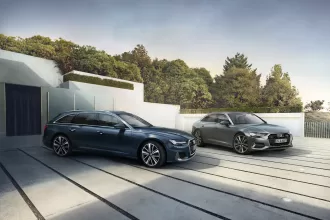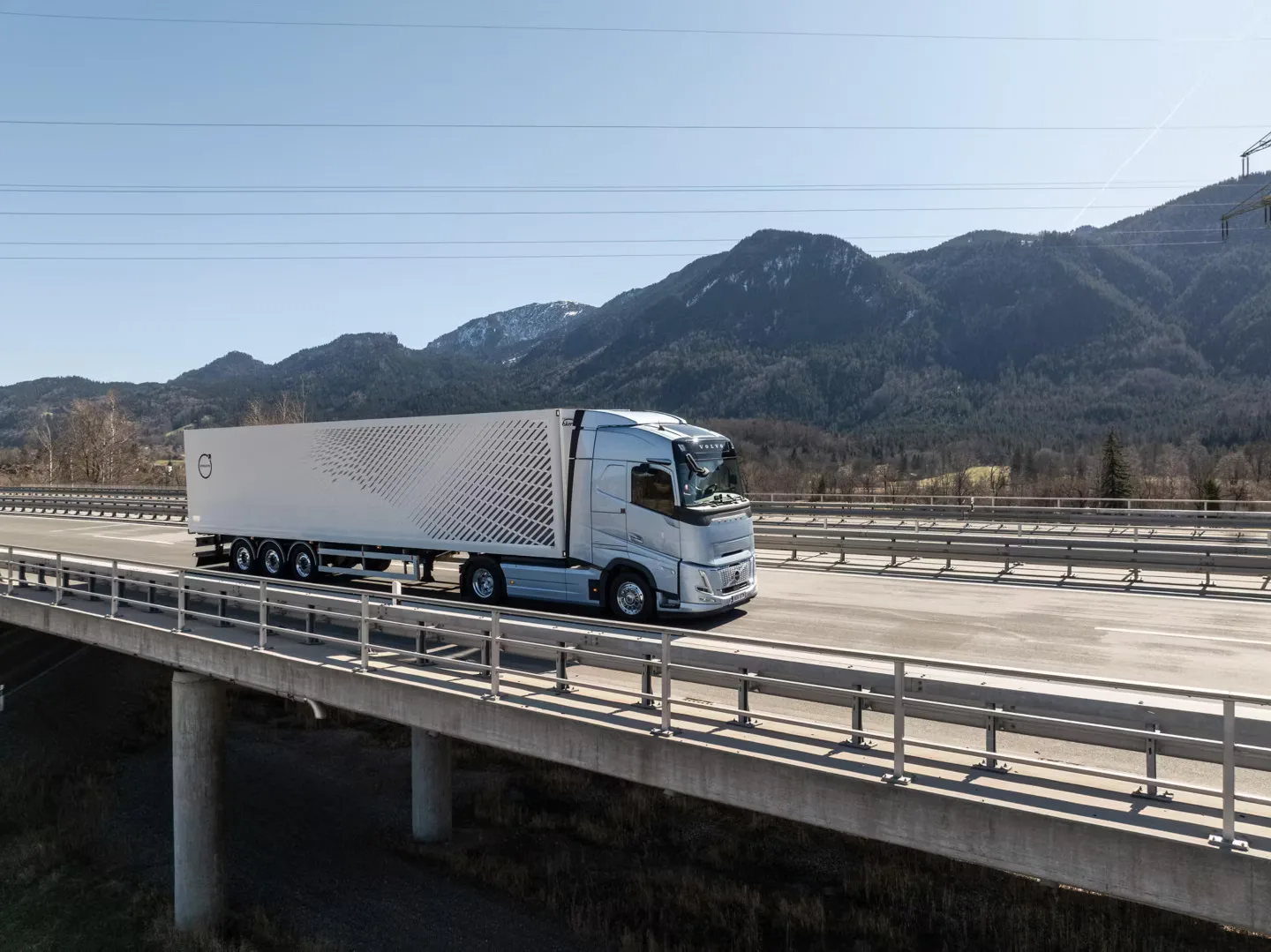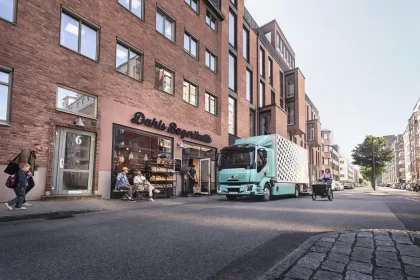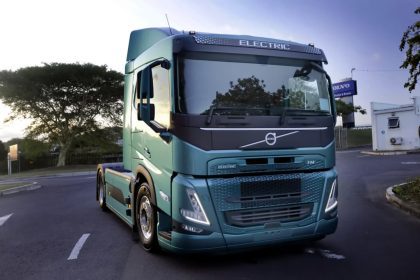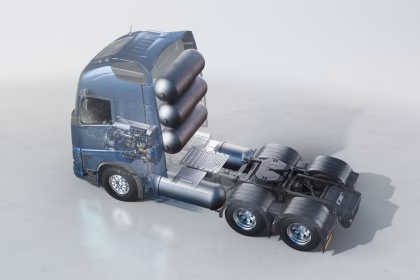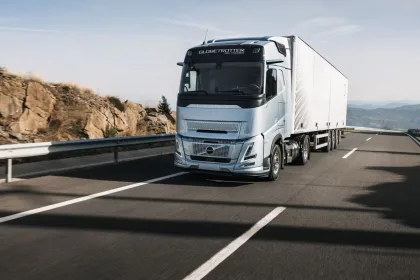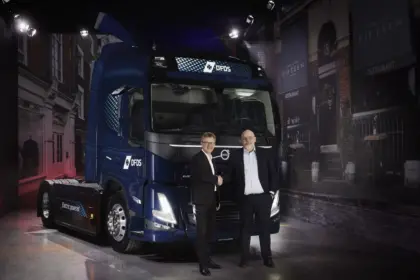Volvo Trucks introduces new aerodynamic improvements by applying a proven concept from the aerospace industry to its heavy-duty trucks. Discreet but impactful modifications to the truck cab will reduce drag, fuel consumption and CO2 significantly.
Volvo recently won the 2025 Green Truck Award with the Volvo FH Aero – much thanks to a highly efficient engine and the new aerodynamic Aero truck cab. However, this was also the first real test of Volvo’s latest technology to fight air resistance.
Cab airflow stabilizers, extended air deflectors and modified chassis fairings are discreet but powerful modifications that make a real difference for aerodynamics. This means that range, fuel consumption and carbon emissions can be improved by up to 2% on top of already achieved efficiencies. This means that the Volvo FH Aero with the aerodynamic improvements can deliver up to 7% better fuel efficiency versus the regular Volvo FH it replaced.
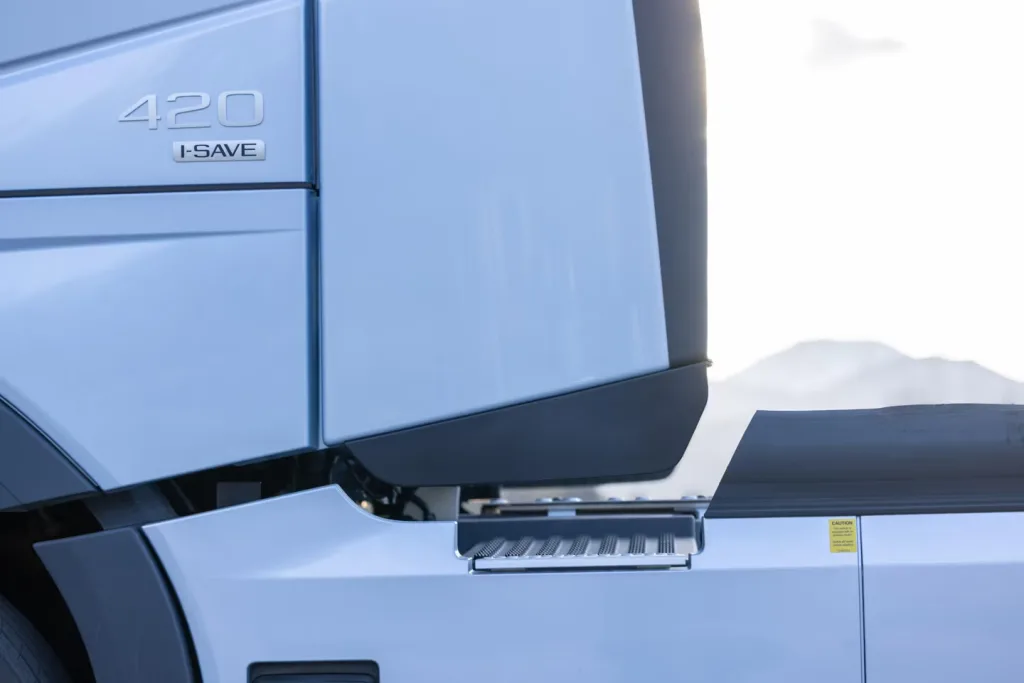
The new features will now become available for customers looking for the latest in fuel efficient heavy transport, offered in various combinations on the Volvo FH, FH Aero and FM truck models*. The benefits of the new features apply to all fuel types – electric, gas and diesel-powered trucks.
“All the time spent in simulations and in the wind tunnel has paid off – with these new changes to the cab, we add further to the great improvements in aerodynamics from last year, which will benefit our customers”, says Jan Hjelmgren, Head of Product Management, Volvo Trucks.
The most significant addition is thecab airflow stabilizers located on the cab’s upper corners beside the windshield. Using a carefully designed pattern consisting of small oblique vanes, the stabilizers control how the air flows around the cab’s corners.
“We have been thinking out of the box, using a technique commonly applied on airplanes, Formula One race cars and wind turbines. The upper corners of the cab are super critical for aerodynamics, and with our new Camera Monitor System, we have been able to access new potentials in this area, using small vanes to control the air flow on a micro scale, creating a macro-scale effect. These learnings will also enable more aerodynamic concepts to be introduced in the future”, says Anders Tenstam, Senior Technology Expert Aerodynamics, Volvo Trucks.
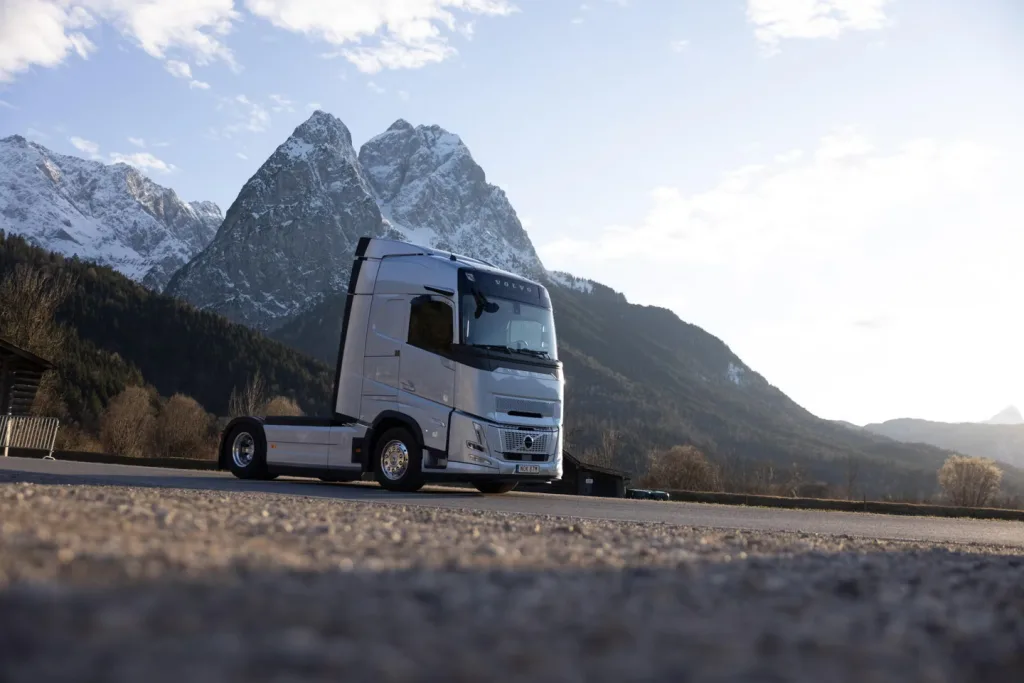
While the cab airflow stabilizers improve the aerodynamics at the front of the truck cab, they also help create better conditions for two additional upgrades: air deflectors extended by 50mm to reduce the gap between the cab and the trailer, and modified chassis fairings to create better alignment with the rear fender.
These three new features complement each other according to the 1+1 = 3 principle, meaning that the overall positive impact is greater than the sum of the individual benefit of each component.
Volvo’s new FH Aero model is proof of how impactful aerodynamics can be to improve fuel efficiency in a modern truck cab. Thanks to an extension of the truck cab by 24cm and introducing several modifications to reduce drag, the Volvo FH Aero delivers significant fuel economy improvements considering the high mileage of a heavy truck operating long haul routes.



